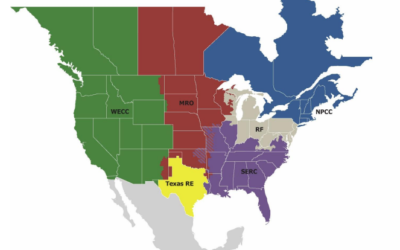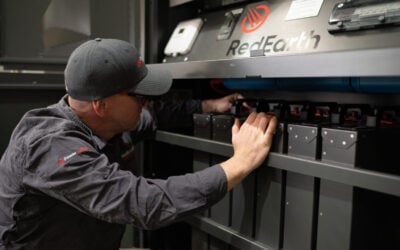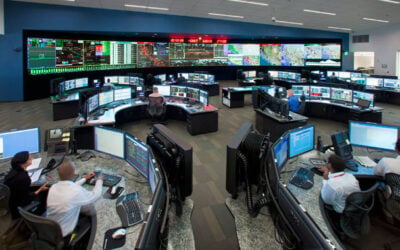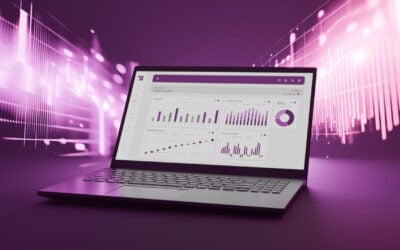Residential solar installer and third-party leasing company SolarCity claims California could benefit by US$1.4bn annually if accomodating more DERs, such as home storage batteries. Image: SolarCity.
The organisation responsible for overseeing California’s bulk electric power system has approved proposals to accommodate more distributed energy resources, including rooftop solar, energy storage, advanced inverters and demand response, onto the state’s grid.
The board of directors at the non-profit California Independent System Operator (Cal ISO) also determined on Wednesday that measures can be taken to “replace ageing technologies” so that distributed resources can be used to respond quickly to steep rises in demand.
Enjoy 12 months of exclusive analysis
- Regular insight and analysis of the industry’s biggest developments
- In-depth interviews with the industry’s leading figures
- Annual digital subscription to the PV Tech Power journal
- Discounts on Solar Media’s portfolio of events, in-person and virtual
The latter will include investment in a new energy management system for the grid which will use “sophisticated” software and hardware to monitor and control renewables integration, energy storage and the aggregation of demand response services. The project is expected to cost US$13.5 million, paid for by CalISO’s cash reserves and not requiring any debt financing.
As well as having put in place a senate bill, SB350, that sets the state’s goal for producing electricity from renewable sources at an ambitious 50% by 2030, the state has grid infrastructure that, according to many accounts, is starting to be constrained. As with many other regions of the world, there is a growing recognition that technologies such as energy storage and demand response can help not only with adding more renewables, but also in adding more flexibility to the network.
Cal ISO’s proposals are in some ways an effort to nail down regulatory definitions for how resources are defined within the context of the electricity network as a market as well as in technical terms. Storage, for instance, can act as both generator and load, but is not recognised as such in regulatory definitions that almost universally were developed before grid and behind the meter batteries started to become viable for use at scale.
Grid proposal goes to regulatory level next
In last week’s Solar Finance and Investment Conference in London, financier Gerard Reid of Alexa Capital, said that in Europe, for example, the single biggest barrier to investment in energy storage in the continent was regulation.
“It’s Brussels, it’s the European Union. The reason is very simple. Nobody knows what storage is. Is it transmission, is it distribution, is it generation? The result of this, because nobody’s sure what it is, as an example, in Germany, no grid operator will put money in storage because they’re not allowed.”
Grid operators including National Grid in the UK, wanted to put storage on, but were being prevented from doing so by regulation, said Reid, who was advisor to storage integrator Younicos on a recent US$50 million investment round.
A memorandum issued ahead of the meeting from Cal ISO’s president and CEO, Steve Berberish, explained the benefits of allowing for market participation of DERs:
“As distributed resources continue to grow on the grid, it’s critical to leverage them in managing the bulk power system rather than unnecessarily duplicating resources,” Berberish wrote.
“The ISO seeks to provide a platform for distributed resources to offer their services in the wholesale market while working closely with regulators and the utilities to better define how the transmission/distribution interface will work.”
Also approved by the board was a proposal on fast ramping flexible response, to enable the market participation of resources with 15-minute ramping capability and real-time dispatch of power.
The changes still need to be approved at national level by the Federal Energy Regulatory Commission (FERC) and have been put forward for FERC to review.
Utilities and society alike could benefit, says SolarCity
The moves, if receiving federal approval, could have a big impact on utilities too, especially in California where the three main investor-owned utilities (IOUs) are mandated to procure 1.35GW of energy storage by 2020.
Commenting last year in a PV Tech Power feature article on the importance of Big Data in distributed energy networks, GTM Research analyst Omar Saadeh said that utilities are “rightfully concerned” about some of the difficulties of integrating higher proportions of distributed energy resources (DERs).
“…Utilities are mandated with maintaining the delivery of reliable electricity – and they’re rightfully concerned. The variability of distributed and renewable generation produces significant operational challenges such as two-way power flows, balancing discrepancies and so on, creating a higher demand for rapidly deployable grid flexibility,” Saadeh said.
Perhaps timed to coincide with the Cal ISO meeting yesterday, residential PV third-party leasing company SolarCity has just published a whitepaper report which claims that California could see “net societal benefits of more than US$1.4 billion annually – for solar customers and non-customers” if its energy sector, including utilities, “were to fully embrace distributed resources like rooftop solar”.
The report, “A pathway to the distributed grid”, prepared by SolarCity’s grid engineering team, said that while estimates for updating the USA’s grid networks could exceed US$1.5 trillion by 2030, more participation of DERs could contribute societal as well as economic benefits while modernising and decarbonising the network in a more cost-effective way than replacing existing infrastructure like-for-like.






